Is your four-legged furry friend doing weird things lately like coughing, sneezing, letharging? Your pet might have been exposed to mold. Yes, mold is as dangerous to your pet's health as it is for you and your family members. Mold is a common household issue that can pose serious health risks to both humans and pets. While most people are aware of the dangers mold can pose to their own health, the impact on pets is often overlooked. Pets, such as cats and dogs, are particularly vulnerable to mold exposure due to their smaller size and closer proximity to floors and other mold-prone areas.
Here comes Abestorm Filteair HEPA 550 Air Scrubber _ your go-to tool to ensure the safety of your loved ones and your pets by preventing mold growth with the sophistication of technology. In this blog, we will explore the dangers of mold pets, including black mold, and provide insights on how to protect your furry friends from these harmful spores. We will also discuss how products like HEPA Air Scrubbers can help maintain a mold-free environment.
Symptoms of Mold Exposure in Pets
Mold exposure can cause a variety of symptoms in pets, similar to those seen in humans. These symptoms can range from mild to severe, depending on the level and duration of exposure. Here are the common symptoms found in mold pets:
Respiratory Issues: Pets exposed to mold may develop respiratory problems such as coughing, sneezing, and labored breathing. In severe cases, they may experience wheezing or difficulty breathing.
Skin Irritation: Mold spores can cause skin reactions in pets, leading to redness, itching, and sores. Pets may scratch or lick affected areas excessively, which can result in secondary infections.
Digestive Problems: Ingesting mold spores can upset your pet's digestive system, causing symptoms like vomiting, diarrhea, and loss of appetite.
Behavioral Changes: Exposure to mold can affect your pet's overall well-being, leading to lethargy, decreased appetite, and unusual aggression or irritability.
"Pets are often the first to show signs of mold exposure due to their close contact with affected areas. It's essential to be vigilant and address any signs promptly," advises Dr. Laura Bennett, a veterinarian specializing in pet health.
How does Mold affect pets?
Pets, particularly those that spend a significant amount of time indoors, are susceptible to mold exposure. Mold spores can enter a pet’s system through inhalation, ingestion, or skin contact. Understanding how mold affects pets can help you recognize the signs of exposure and take appropriate action.
How Pets Are Exposed to Mold
Inhalation: Pets can inhale mold spores that are present in the air. This is especially common in homes with poor ventilation or high humidity levels, where mold growth is prevalent.
Ingestion: Mold spores can settle on pet food, water, or toys. Pets can ingest these spores when they eat, drink, or chew on contaminated items.
Skin Contact: Pets can come into contact with mold spores by lying on, walking over, or brushing against surfaces where mold is growing. Their fur and paws can trap spores, leading to skin irritation and other health issues.
Black Mold and Pets
Black mold and pets don’t go arm in arm. Black mold (Stachybotrys chartarum) is particularly dangerous for pets due to its potential to produce mycotoxins, which can cause severe health issues. Understanding the specific risks of black mold exposure is essential for protecting your pets.
Dangers of Black Mold to Pets
Here is what happens when black mold and pets get exposed to each other.
Toxicity: Black mold produces mycotoxins that are harmful when inhaled, ingested, or contacted. These toxins can cause significant health problems in pets, including respiratory distress, neurological issues, and even organ damage.
Severity of Symptoms: The symptoms of black mold exposure in pets are often more severe than those caused by other types of mold. This is due to the higher toxicity levels of black mold spores.
Black Mold Cat Symptoms
Following are some black mold cat symptoms that you need to know for your furry companions:
Respiratory Distress: Cats exposed to black mold may exhibit severe respiratory symptoms, such as persistent coughing, sneezing, and labored breathing. They may also develop wheezing or difficulty breathing.
Behavioral Changes: Cats exposed to black mold may become lethargic and show a decreased interest in activities they once enjoyed. They may also become more irritable or aggressive due to discomfort.
Skin and Eye Irritation: Black mold can cause significant skin and eye irritation in cats. Look for signs of redness, itching, and excessive grooming of the affected areas.
Having a thorough knowledge of black mold cats symptoms will help you prevent your cat from any such exposure.
"Black mold is particularly dangerous for pets, especially cats. The mycotoxins it produces can lead to severe health complications if not addressed promptly," warns Dr. Emily Johnson, a veterinarian with expertise in toxicology.
Can Mold Affect Dogs?
The comprehensive answer to ‘Can mold affect dogs’ is “Yes”. Dogs exposed to black mold can develop respiratory problems similar to those seen in cats. Symptoms include coughing, sneezing, and difficulty breathing. Ingesting black mold spores can cause vomiting, diarrhea, and a loss of appetite in dogs. These symptoms can lead to dehydration and weight loss if left untreated. Additionally mold exposure to dogs results in neurological symptoms. In severe cases, black mold exposure can lead to neurological issues in dogs, such as tremors, seizures, and disorientation.
Can Mold Kill Cats and Dogs?
While it is rare, prolonged exposure to high levels of black mold can be fatal for pets. Although cats are different from other pets, the question remains the same can mold kill cats? The toxicity of black mold can cause severe respiratory distress, neurological damage, and organ failure. Cats that are already immunocompromised or have pre-existing health conditions are at an even higher risk. Early detection and treatment are crucial to prevent serious health complications and fatalities.
Preventing Mold Exposure in Pets
Preventing mold exposure is essential for maintaining the health and well-being of your pets. Here are some practical tips to keep your home mold-free and protect your furry friends:
Control Humidity Levels
Maintaining low humidity levels in your home is crucial for preventing mold growth. Use dehumidifiers in areas prone to moisture, such as basements, bathrooms, and crawl spaces. Aim to keep indoor humidity levels between 30-50%.
Improve Ventilation
Ensure your home has adequate ventilation, especially in areas where moisture accumulates. Use exhaust fans in bathrooms and kitchens, and consider installing a HEPA air scrubber to improve air quality.
Regular Cleaning and Maintenance
Regularly clean and inspect areas of your home where mold is likely to grow. Pay special attention to damp areas, and promptly fix any leaks or water damage. Keep pet areas clean and dry, and regularly wash their bedding and toys.
Pro Tip: Use a HEPA air scrubber to continuously filter and clean the air in your home. These devices are highly effective in removing mold spores and other airborne contaminants, providing a safer environment for your pets.
Use HEPA Air Scrubbers
HEPA air scrubbers are an excellent investment for maintaining a mold-free home. These devices use high-efficiency particulate air (HEPA) filters to capture and remove mold spores from the air. The addition of UV light technology in some models can further enhance their effectiveness by killing mold spores and preventing them from spreading.
What to Do If Your Pet Shows Symptoms of Mold Exposure?
If you suspect your pet has been exposed to mold, it’s essential to act quickly. Here are the steps to take if your pet shows symptoms of mold exposure:
Recognize the Symptoms
Be vigilant for signs of mold exposure, such as coughing, sneezing, difficulty breathing, skin irritation, vomiting, diarrhea, lethargy, and behavioral changes. Early detection is critical for effective treatment.
Seek Veterinary Care
Immediately take your pet to a veterinarian if you notice any symptoms of mold exposure. The vet can conduct a thorough examination, perform necessary tests, and provide appropriate treatment to address the health issues caused by mold.
Treatment Options
Treatment for mold exposure in pets may include medications to relieve symptoms, such as antihistamines for allergic reactions, antibiotics for secondary infections, and respiratory support for severe cases. The vet may also recommend changes to your home environment to prevent future exposure.
Home Environment Improvements
After addressing the immediate health concerns, take steps to eliminate mold from your home. Use a HEPA air scrubber to clean the air and prevent mold spores from spreading. Regularly inspect and clean areas prone to moisture, and maintain proper humidity levels to prevent mold growth.
Pro Tip: Keep a close eye on your pet's health and monitor their environment for any signs of mold recurrence. Regular veterinary check-ups can help catch any potential issues early.
Conclusion
Mold poses significant dangers to pets, including severe health issues and potential fatalities. Understanding the risks and symptoms of mold exposure is crucial for protecting your furry friends. By maintaining a clean, mold-free environment and using tools like HEPA air scrubbers, you can significantly reduce the risk of mold-related health problems in your pets.
Ready to protect your pets from the dangers of mold?
Visit Abestorm.com to learn more about our HEPA Air Scrubbers and other products designed to maintain a healthy home environment. Take advantage of our limited-time discount and expert advice to keep your home mold-free and ensure the well-being of your beloved pets. Invest in a healthier living space today!


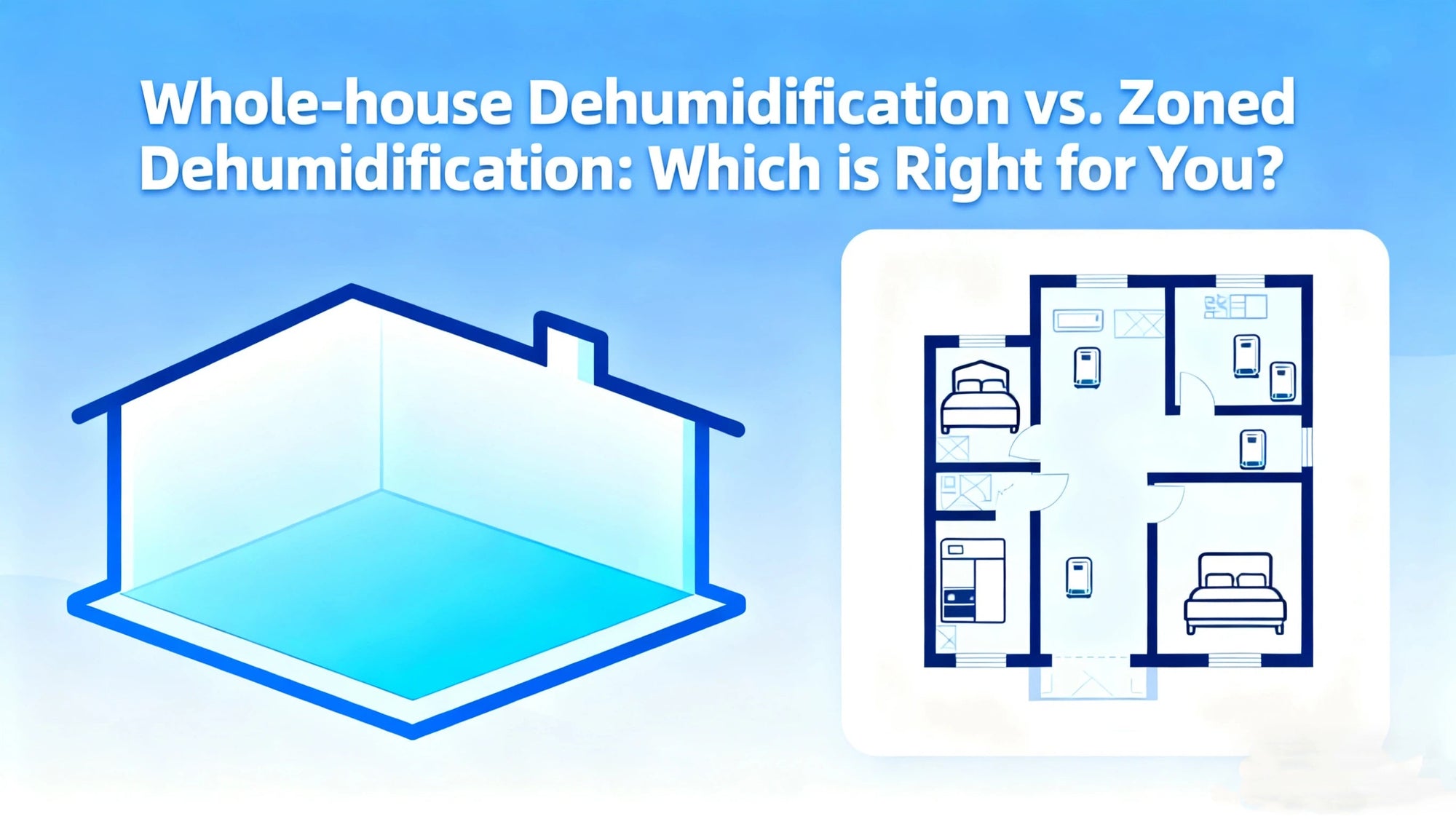
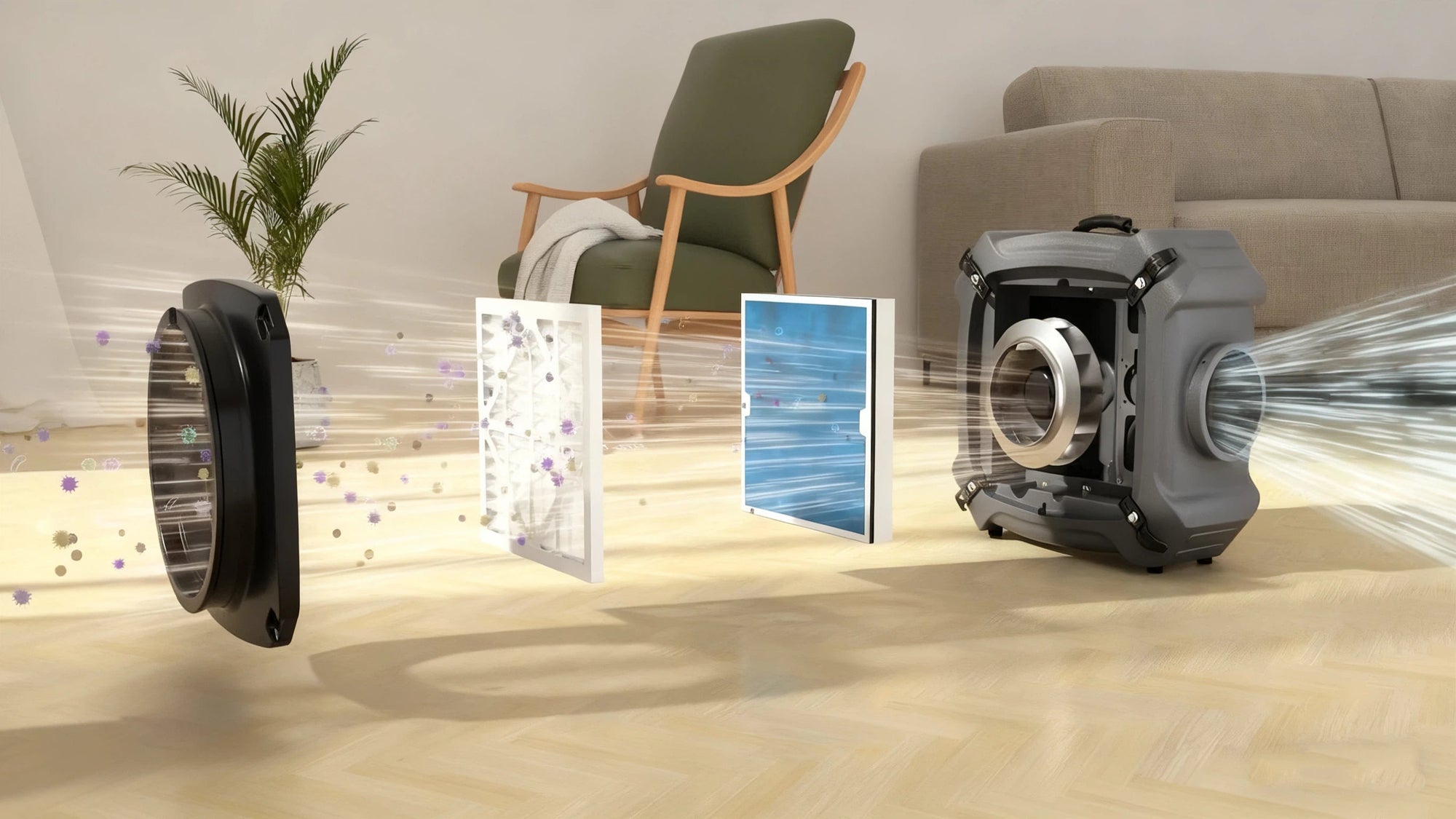
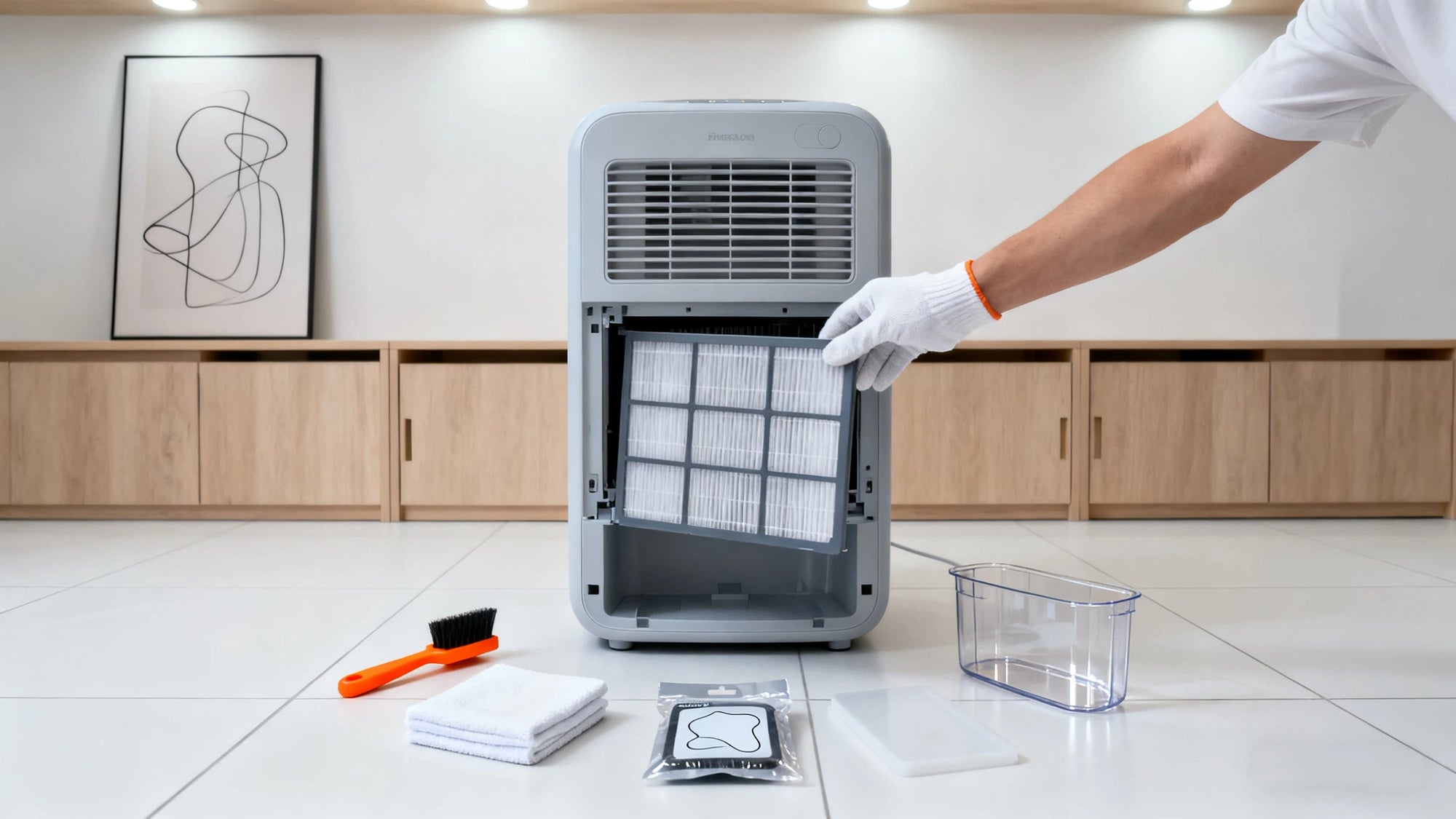
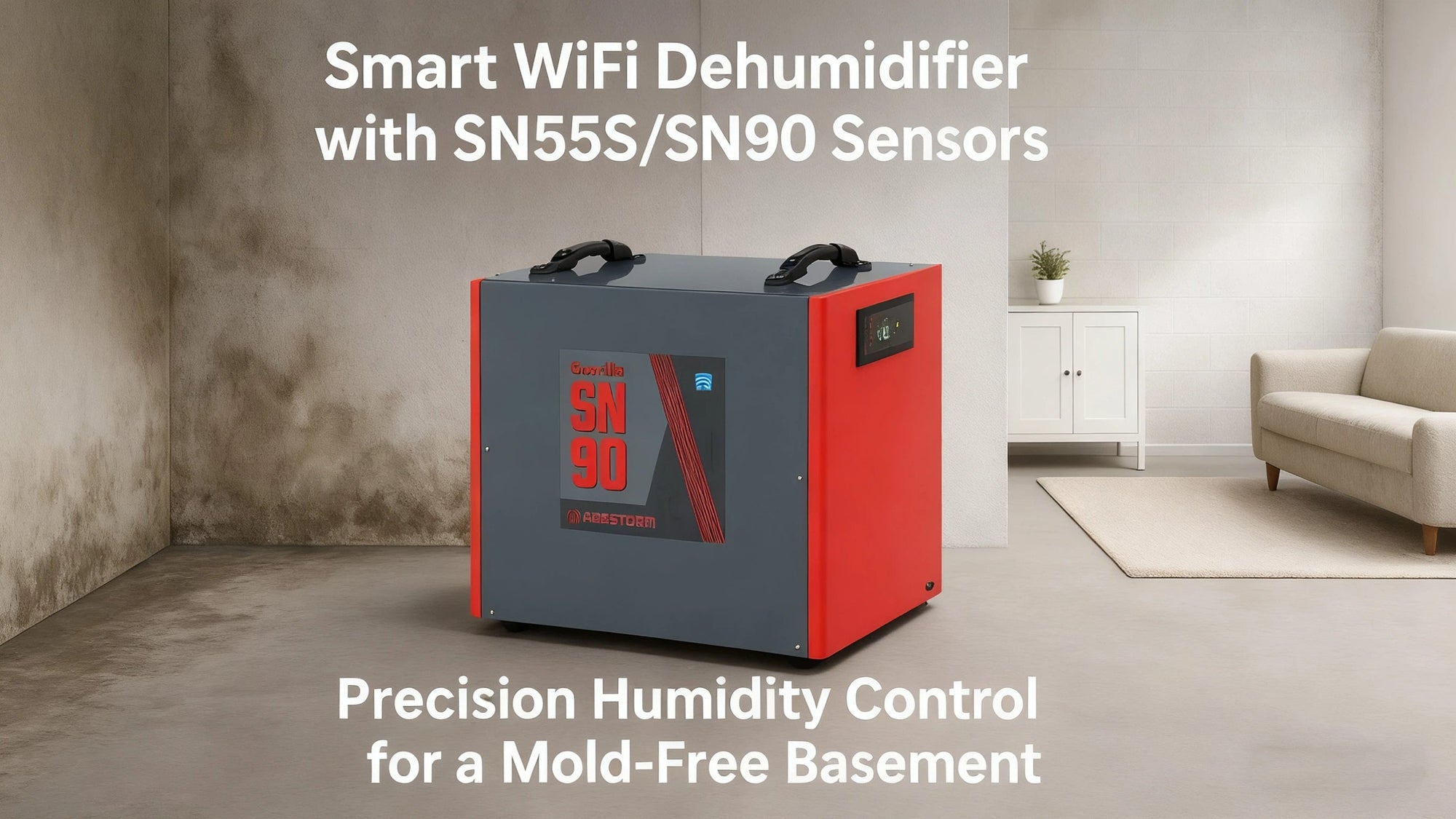
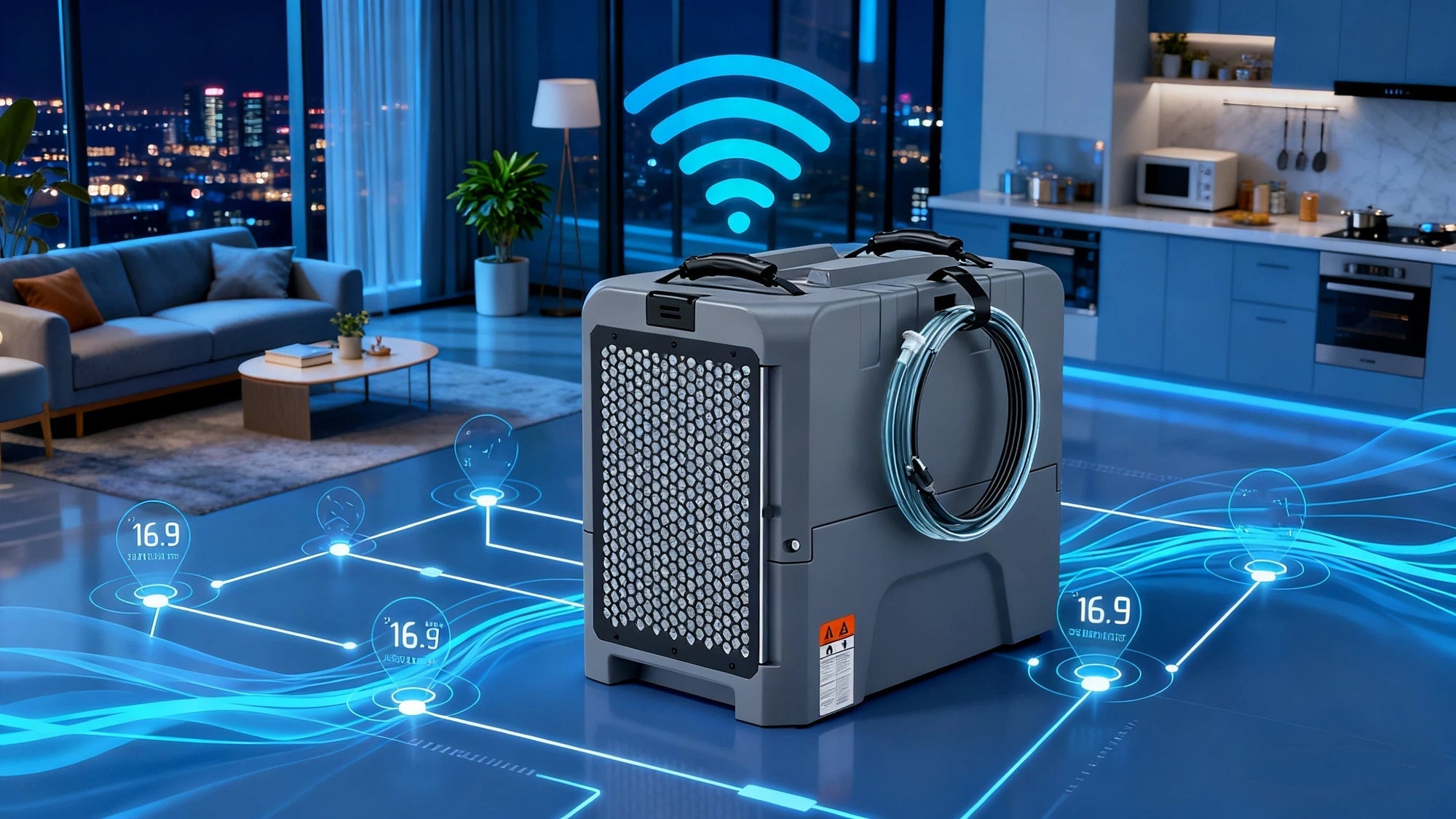
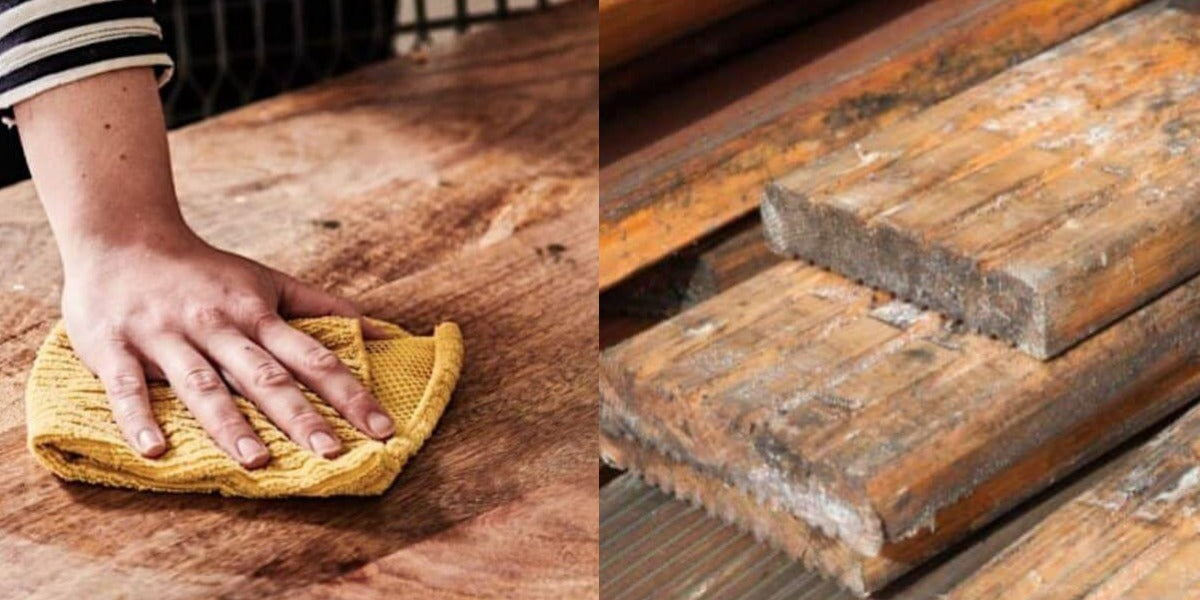

Shop For Dehumidifier
Abestorm 170 PPD 2,100 Sq.Ft Commercial Dehumidifier with Pump and Drain Hose | Hurricane 800
Abestorm 180 PPD 2,300 Sq.Ft Commercial Dehumidifier with Pump and Drain Hose | Hurricane LGR85
Abestorm 180 PPD 2,300 Sq.Ft Smart WIFI Commercial Dehumidifier with Pump and Drain Hose | Hurricane LGR85-Grey (wifi app not available now)
Abestorm 264 PPD 3,000 Sq.Ft Commercial Dehumidifier with Pump and Drain Hose | Hurricane 125P